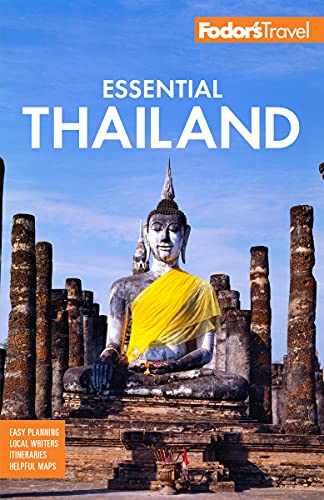Sukhothai, which means "the dawn of happiness," holds a unique place in Thailand's history. Until the 13th century most of Thailand consisted of small vassal states under the thumb of the Khmer Empire based in Angkor Wat. But the Khmers had overextended their reach, allowing the princes of two Thai states to combine forces. In 1238 one of the two princes, Phor Khun Bang Klang Thao, marched on Sukhothai, defeating the Khmer garrison commander in an elephant duel. Installed as the new king of the region, he took the name Sri Indraditya and founded a dynasty that ruled Sukhothai for nearly 150 years. His youngest son became the third king of Sukhothai, Ramkhamhaeng, who ruled from 1279 to 1299. Through military and diplomatic victories he expanded the kingdom to include most of present-day Thailand and the Malay Peninsula.
By the mid-14th century Sukhothai's power and influence had waned, and Ayutthaya, once its vassal state, became the capital of the Thai kingdom. Sukhothai was gradually abandoned to the jungle, and a new town grew up about 14 km (9 miles) away. A decade-long restoration project costing more than $10 million created 70-square-km (27-square-mile) Sukhothai Historical Park, which contains 193 historic monuments. Sukhothai is busiest during the Loi Krathong festival, which is celebrated in the Historical Park each year on the full moon in November. Its well-orchestrated, three-day light-and-sound show is the highlight. At this time the town's hotels and guesthouses are booked weeks in advance.
New Sukhothai, where all intercity buses arrive, is a quiet town where most inhabitants are in bed by 11 pm. Its many guesthouses are a magnet for tourists coming to see the ruins, and you'll see quite a few farang (foreigners), especially young British, German, and American couples, wandering around, drinking at the bars, or browsing the sidewalk food stalls. New Sukhothai's night market is sleepy by the region's standards—don't expect much of an urban cultural experience here. If you've come specifically to visit the Historical Park, seek accommodation at one of the guesthouses or hotels that ring the Old City, rather than making the uncomfortable B50 songthaew or samlor journey there every day from the newer part of town.




